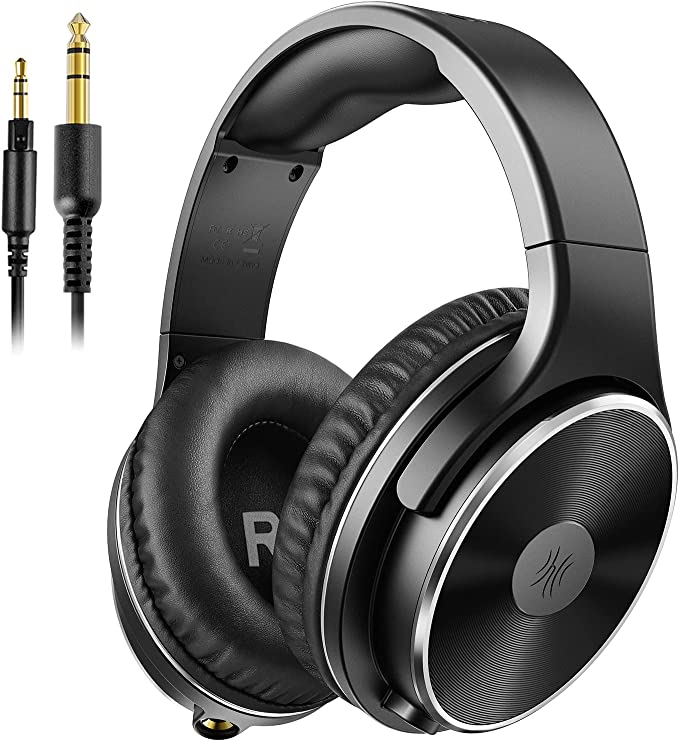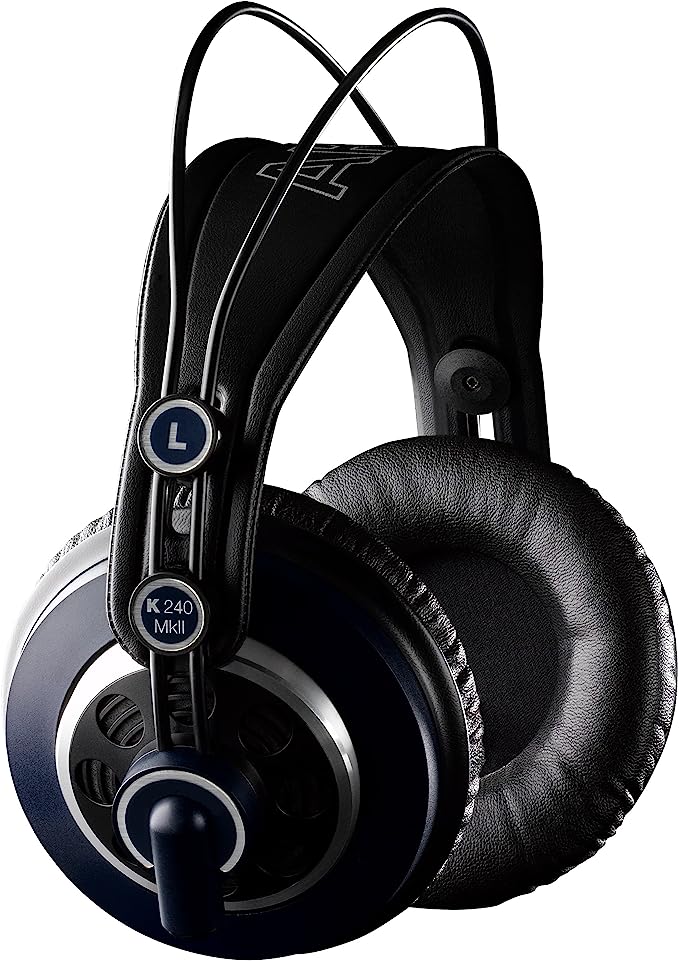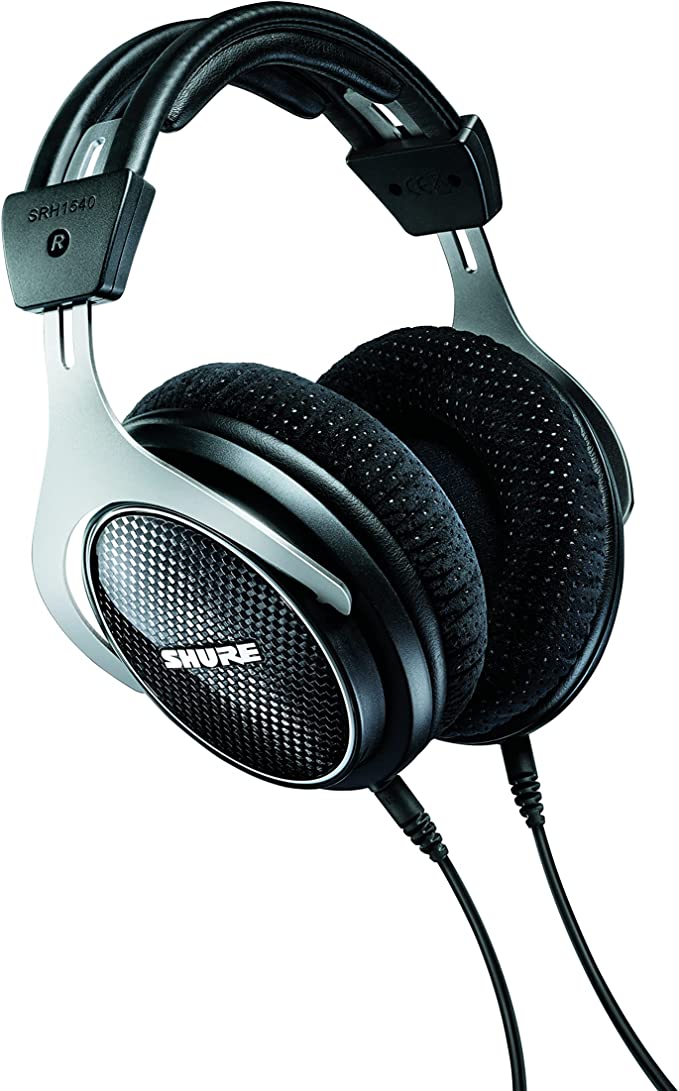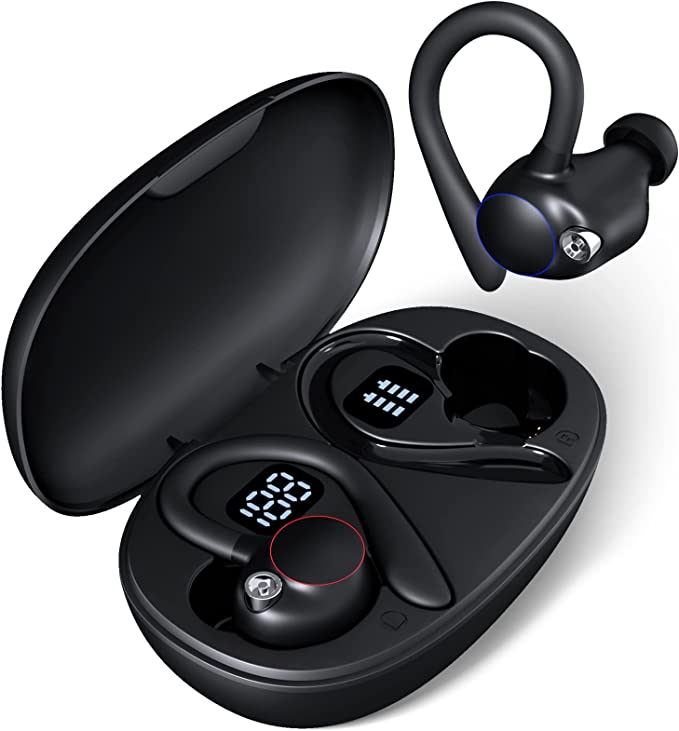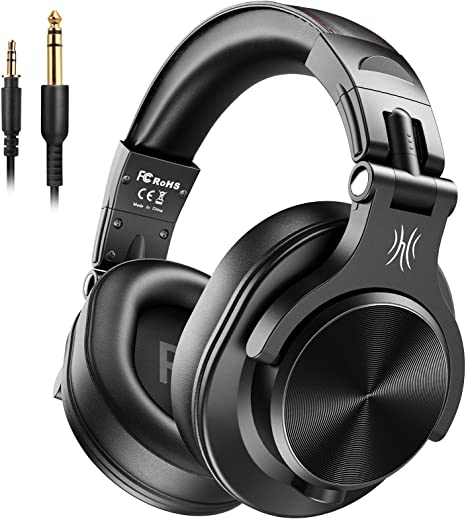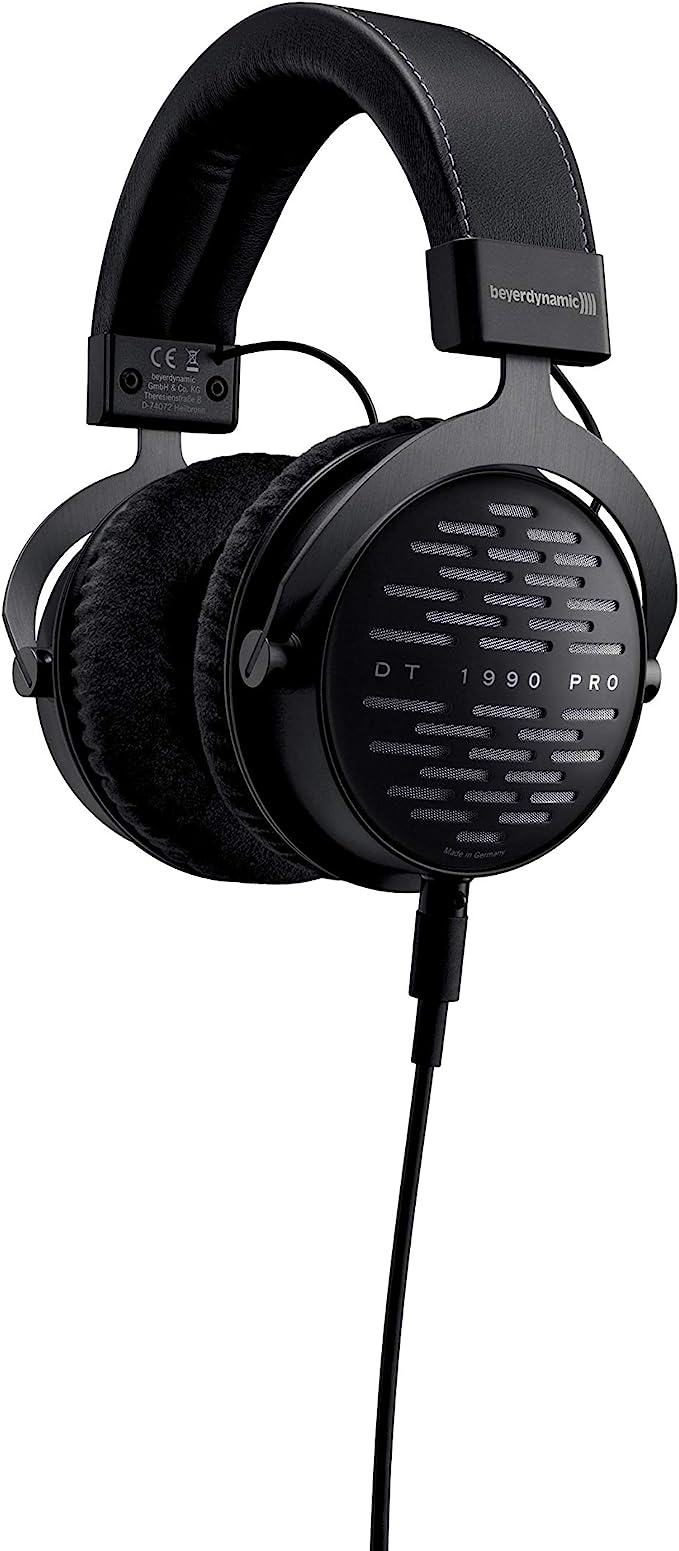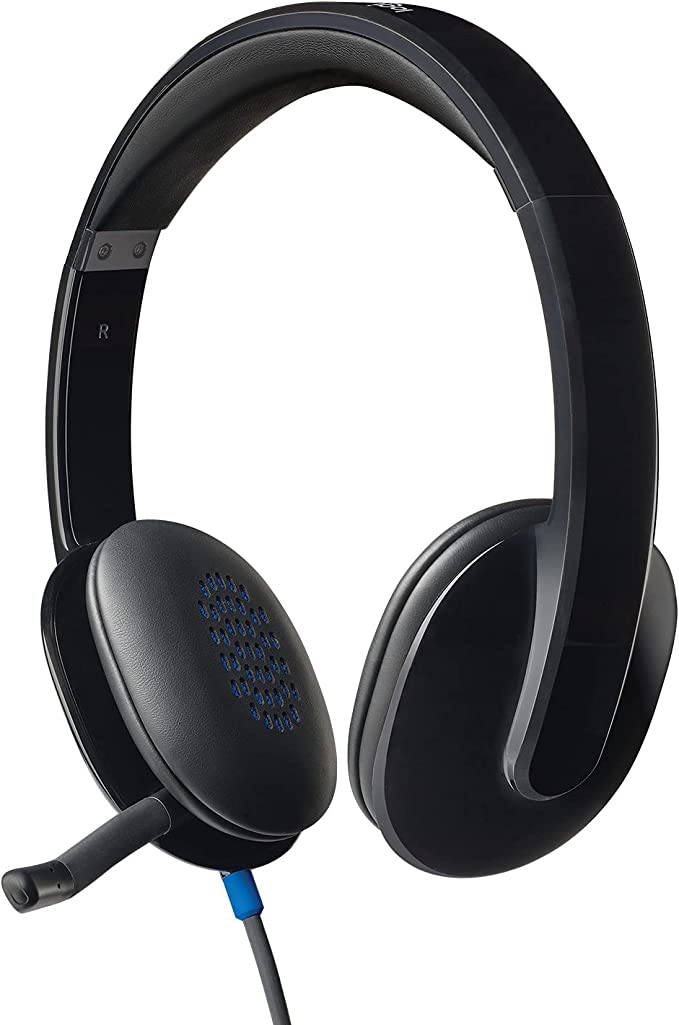The Anatomy of a Pro Vocal: A Step-by-Step Guide to the Perfect Vocal Chain
Update on Nov. 14, 2025, 9:36 p.m.
The human voice is the most powerful instrument in music. Yet, a raw vocal recording, no matter how passionate, rarely possesses the clarity, consistency, and polish we hear on a finished record. The gap between a great performance and a great sounding performance is bridged by a sequence of tools and techniques known as the vocal chain.
Understanding this chain is the single most important step for any aspiring producer, podcaster, or artist looking to elevate their sound. It’s the secret recipe for professional-grade audio. We’re going to walk through this process step-by-step, using a dedicated hardware unit like the Tascam TA-1VP Vocal Processor as our physical roadmap, because its front panel is a perfect, tangible guide to this essential workflow.

Step 1: The Gateway – Preamp and Character Modeling
Every vocal chain begins at the input. A microphone converts sound waves into a very weak electrical signal, which must be amplified to a usable “line level” by a microphone preamplifier (preamp). A good preamp provides clean, low-noise gain. But professional producers know that the combination of a specific microphone and a specific preamp imparts a unique sonic character.
This is where Microphone Modeling comes in. A technology like the Antares modeling found in the TA-1VP is a digital chameleon. It works in two stages:
1. It first “neutralizes” the signal from your actual microphone by applying a filter that counteracts its known sonic signature.
2. It then applies a new filter that imposes the coveted characteristics of a high-end studio microphone.
This allows you to, for example, make your trusty SM58 sound like a vintage large-diaphragm condenser. The process is further enhanced by Analog Tube Modeling, which simulates the gentle, warming saturation of a vacuum tube preamp, adding richness and harmonic complexity. This first stage is about defining the fundamental character of your vocal before any other processing begins.
Step 2: The Tamer – Dynamics Control with Compression and Gating
A raw vocal is dynamically wild—whispers are too quiet, and powerful notes are too loud. A compressor is the tool used to tame these dynamics. Think of it as a microscopic, ultra-fast engineer on a volume knob, turning the signal down when it gets too loud. On a unit like the TA-1VP, you’ll find the essential controls: * Threshold: Sets the volume level at which the compressor starts working. * Ratio: Determines how much the volume is turned down. A 4:1 ratio means for every 4dB the signal goes over the threshold, the output only increases by 1dB. * Attack & Release: Control how quickly the compressor reacts and lets go.
Properly applied, compression evens out the performance, making every word audible and ensuring the vocal sits consistently in the mix without jumping out or getting lost.
The flip side of this is the Gate. A gate sets a volume threshold below which it silences the signal. This is indispensable for cleaning up a track by automatically removing unwanted background noise, headphone bleed, or even breath sounds between vocal phrases, leaving only the intended performance.

Step 3: The Polish – De-Essing and Pitch Correction
With the dynamics controlled, finer imperfections become more apparent. Sibilance—the harsh “s” and “t” sounds in a vocal—can become exaggerated by compression. A De-Esser is a specialized compressor that targets only these high frequencies, taming their harshness without affecting the overall brightness of the vocal.
Then comes the most famous—and most misunderstood—tool in the vocal chain: Pitch Correction. The Tascam TA-1VP features the genuine Antares Auto-Tune Evo algorithm, a technology that can be used in two primary ways: * Transparent Correction: With a slower “Speed” setting, Auto-Tune gently nudges notes that are slightly sharp or flat towards the correct pitch within a selected musical key. Used subtly, this process is imperceptible, resulting in what one user described as the “most natural sounding auto-tuner.” It doesn’t make a bad singer good; it makes a good singer consistently on-pitch. * Creative Effect: With the “Speed” set to its fastest, the pitch changes become instantaneous and robotic, creating the iconic “T-Pain effect” used as a deliberate artistic choice in countless pop and hip-hop tracks.
Step 4: The Sculptor – EQ and Spatial Effects
The final stage is about shaping the vocal’s tone and placing it in a three-dimensional space. Equalization (EQ) is the tool for this. It allows you to boost or cut specific frequencies to make a vocal sound warmer, brighter, clearer, or to help it fit into a busy mix by carving out its own sonic space.
To add width and depth, producers often use Double Tracking. The TA-1VP automates this by creating a second version of the vocal with slight variations in timing and pitch. This doubled signal can be mixed in with the main vocal or, more powerfully, sent to a dedicated output. By panning the main vocal to one side and the doubled vocal to the other, you can create an instantly wide and impressive stereo vocal presence.
Conclusion: From a Chain of Tools to a Fluent Workflow
The professional vocal sound you hear on records is not the result of a single magic button. It is the product of a thoughtful, step-by-step process—a journey through the vocal chain. Each stage addresses a specific problem, from establishing the initial tone to controlling dynamics, correcting imperfections, and sculpting the final sound.
Hardware processors like the Tascam TA-1VP are powerful because they make this abstract workflow tangible. The logical layout of its controls serves as a physical map of the process, guiding you from one stage to the next. While there is a learning curve, as some users note, mastering this chain is the key to unlocking a new level of professionalism in your productions. By understanding the “why” behind each tool, you can transform your raw vocal tracks from simple recordings into polished, compelling performances.
